On the eastern coast of the Mediterranean Sea, there is only one inhabited island: Arwad, or Arvad. Also known as the classical Aradus, Arwad is a town in Syria that is located 3 km from the Tartus port. The main attraction of the island is a huge megalithic wall, built thousands of years ago by an ancient civilization that erected it with stones weighing several tons.
Surprisingly, the wall encompasses the entire island, running several kilometers in length. Some experts suggest that they could be evidence of an antediluvian civilization. For decades, the existence of this huge megalithic wall has generated many theories and hypotheses. How was it built and why did its builders use huge blocks of stone?
So far, there is no explanation why smaller blocks were not used, which would have made the work easier. Based on this, many people have wondered what was the cause that forced its builders to erect such a massive and colossal megalithic wall was.
Megalithic Wall Around Arwad
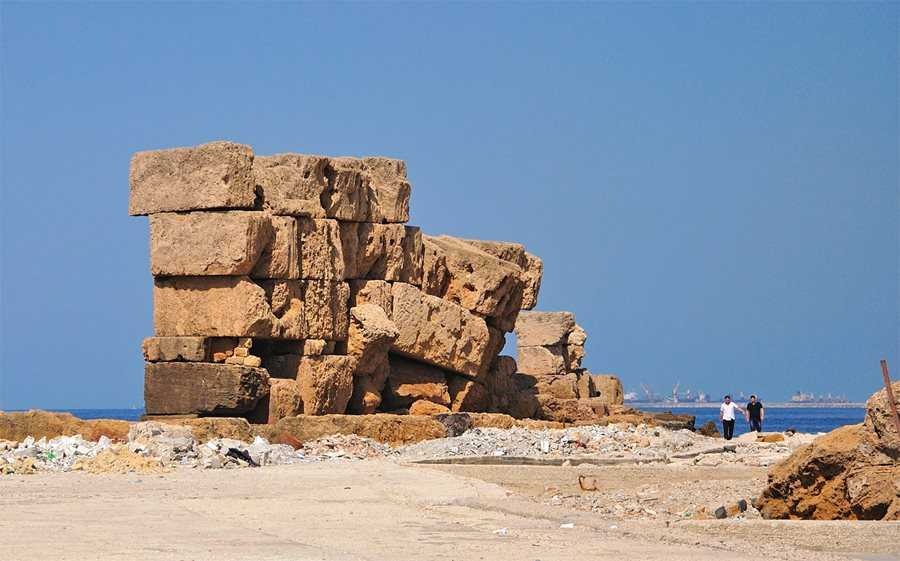
Remnants of ramparts that once circled all but Arwad’s harbor side, these few weathered blocks likely date back at least as far as the Seleucid era that followed Alexander the Great. Image credit: ArmacoWorld
The island of Arwad was colonized in the early 2nd millennium BC by the Phoenicians (an ancient thalassocratic civilization originating in the Levant region of the eastern Mediterranean, primarily located in modern Lebanon), thus becoming an independent kingdom known as Arvad Aradus or Jazirat (the latter term meaning “island”).
As historian Lawrence Conrad describes it, in Byzantine times, “the great walls surrounding the island on all but the harbor side were at least 10 meters high in places and were built of tremendous blocks up to six meters long and two meters high.” The walls, according to Conrad, dated at least to the Seleucid era that followed Alexander the Great, and probably even to the Phoenician era before. Much of this protective structure was razed after the Arab takeover in 650 ce; other parts of the walls were brought down after the Mamluk expulsion of the crusading Knights Templar in the autumn of 1302. Only a few segments of the great wall survived, and they tower dramatically near the water’s edge, relics of a seemingly impossible feat of engineering.
According to some experts, the Phoenician name of the city was Aynook. The name Arwad is noted in the Bible as the progenitor of the Arvadites, a Canaanite people. In fact, instead of a monarch, their ruler was known as a suzerain. Despite being an arid and rocky island, it was a great commercial city that had a powerful navy, to the point that its ships are mentioned in Egyptian monuments.
Arwad Megalithic Wall
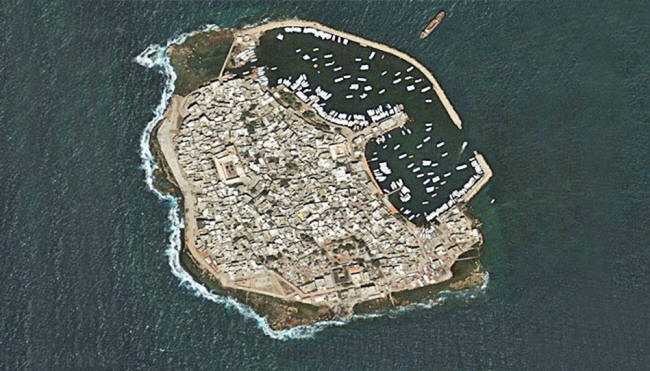
Satellite image of Arwad with Tartus on the Syrian coast to the east. Image Credit: Wikimedia Commons.
Arwad Wall
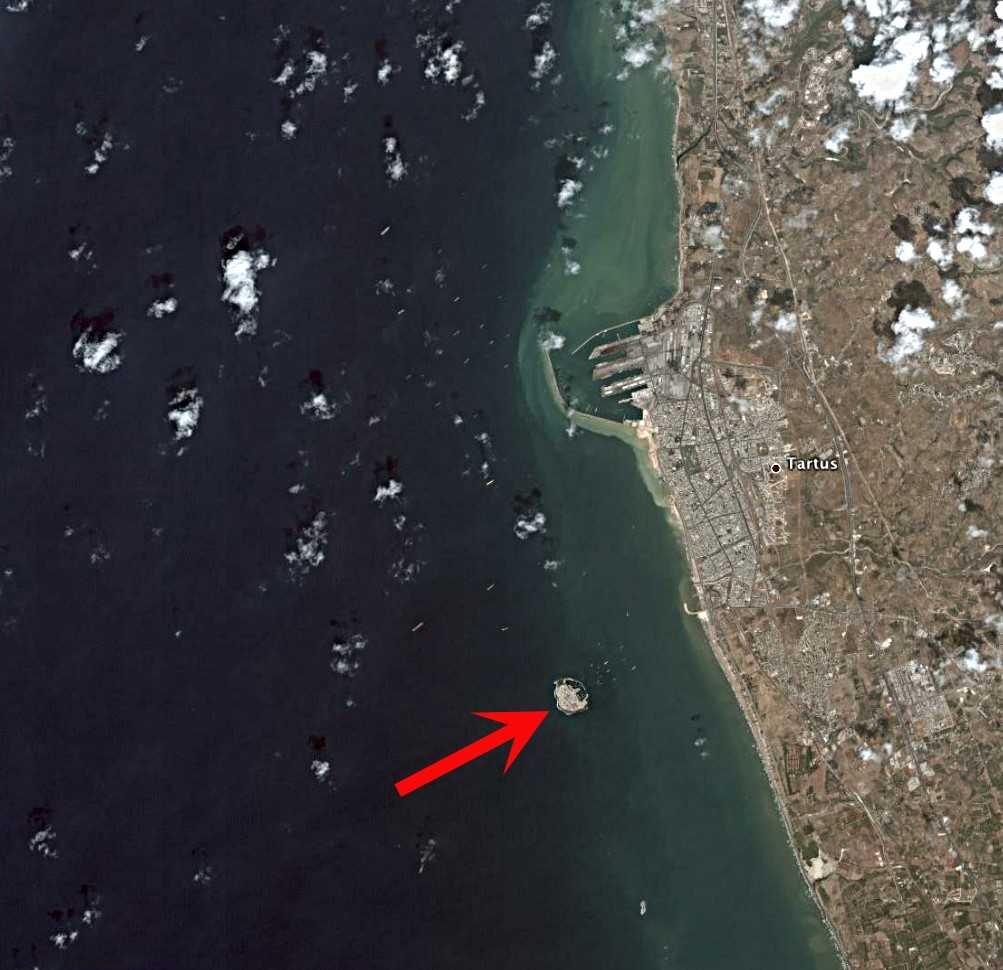
Specialists believe that the island wall is one of the classic examples of Roman architecture. However, they are not sure why it was built: some suggest that it was to avoid foreign visitors, others believe that it was done to protect themselves from the large waves typical of the area. Currently, what remains of the wall are only its foundations, but the investigations of the place have produced evidence that totally contradicts what was previously stated.
One of the most significant pieces of evidence is that the wall is much older than initially believed. The remaining stone blocks of the wall, which were once scattered throughout the island and used as building material by its modern inhabitants, suggest that there was a catastrophe of biblical proportions at some point in the remote past that caused the destruction of the wall. Its inhabitants are mentioned in the early lists of Genesis 10:18, and Ezekiel 27:8,11 refers to its seamen and soldiers in the service of Tyre. It brought under its authority some of the neighboring cities on the mainland, such as Marathos and Simyra, the former nearly opposite the island and the latter some kilometers to the south.
Based on evidence found throughout the area, it is believed that the society that inhabited the place built the wall because they knew that a catastrophic flood would occur. The problem is that, despite the construction of the great walls, they could not escape the inevitable end.
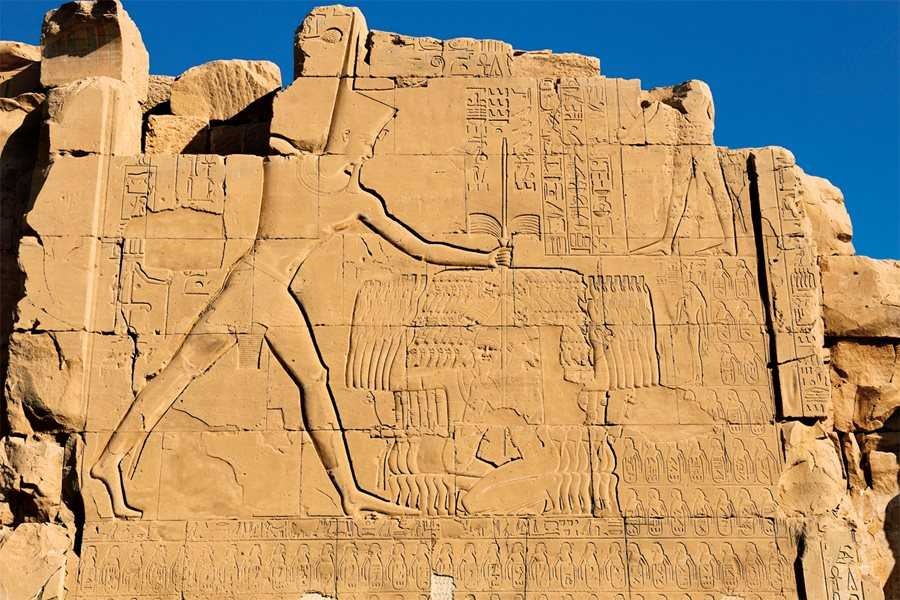
Bereft of resources, it was Arwad’s strategic position along the Levantine coast that made it attractive to the powerful. In Karnak, Egypt, on the seventh pylon at the Temple of Amun-Ra, hieroglyphics from the early 15th century bce chronicle Pharaoh Thutmose iii’s victories during his fifth campaign against the northern Syrian city-states, which included the island of Arwad. Image credit: ANGUS MCCOMISKEY / ALAMY
It is believed that this catastrophe was the Great Flood described in the Bible, sent by God (Anunnaki in Sumerian text) to eradicate all previous civilizations, which was consumed when the tide overcame them. Obviously, experts do not rule out that the remains of the wall is currently seen could be a part of an even larger structure. They relate this to the fact that thousands of years ago, the sea level was many meters lower than it is today. The sea could easily be hiding other walls or megalithic constructions of equal or greater proportions.
The current condition of the Arwad wall, together with the inexplicability of its construction, has led theorists to think that there was “a world” before the Great Flood that, unfortunately, is lost along with all its knowledge.
Archaeologists are trying to find out how these structures were built. But if they were made by more modern ancestors, why isn’t there a record that speaks of its creators? It seems that everywhere there are these colossal megalithic structures that defy all current understanding of ancient civilizations and their true technology and architectural capabilities.
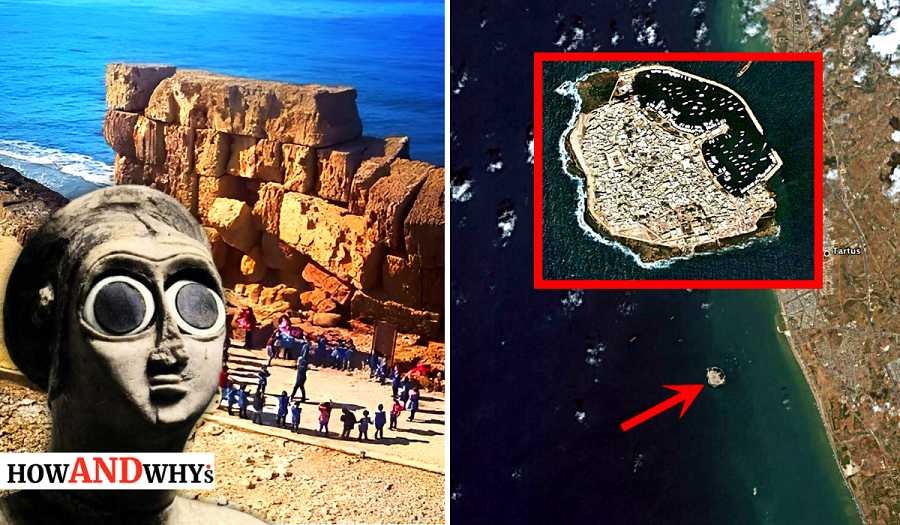
Leave a Reply